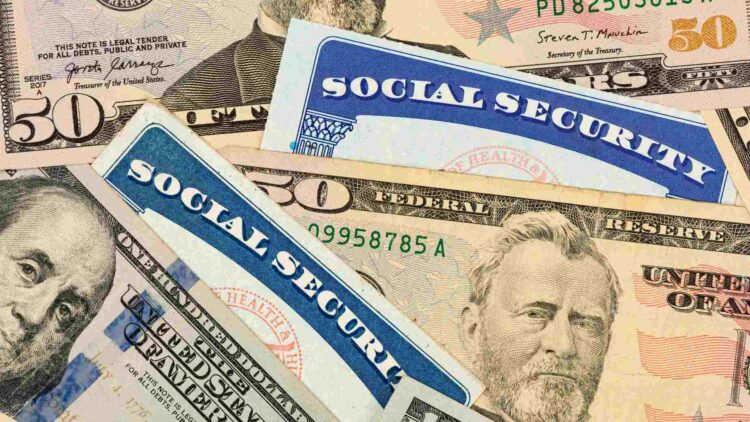A single comment suggests that Trump wants to change a fundamental aspect of Social Security, but doing so could have disastrous consequences.
In November, more than 52 million retirees received an average check of $1,925.46. Even though this is not a large sum of money, it has proven to be an important source of income for our country’s elderly workers.
Over the last 23 years, national pollster Gallup has conducted a survey to determine how dependent retirees are on their income from the country’s largest social program. Since 2002, 80% to 90% of respondents have mentioned Social Security as a “major” or “minor” source of income, with 88% doing so in April 2024.
In other words, without Social Security, nearly 90% of seniors would struggle to survive. However, despite Social Security’s undeniable contribution to the financial security of tens of millions of retirees, this critical program is struggling.
Both current and future recipients, including incoming President Donald Trump, rely on their elected representatives to strengthen the program.
Donald Trump’s proposal that will change everything in Social Security
Since January 1940, when the first retired-worker benefit check was issued, the Social Security Board of Trustees has published an annual report detailing the program’s financial situation.
Aside from illustrating the collection and allocation of funds, the annual Trustees Report forecasts Social Security’s long-term financial stability for 75 years. For the past four decades (since 1985), each Trustees Report has predicted a long-term funding commitment gap.
To put it another way, the Trustees do not believe total revenue will be sufficient to cover expenses, such as annual cost-of-living adjustments (COLAs), in the 75 years following a report.
According to the 2023 report, the 2024 Trustees Report estimates Social Security’s 75-year financing deficit at $23.2 trillion, an increase of $800 billion. Even more concerning is the possibility that pensioners will soon face widespread benefit cuts.
The Old-Age and Survivors Insurance Trust Fund (OASI), which is in charge of making monthly payments to retired employees and surviving employees of deceased employees, is expected to deplete its asset reserves by 2033, according to the 2024 Trustees Report.
It is important to note that the OASI’s asset reserves have been depleted, which does not imply that Social Security is insolvent, bankrupt, or going out of business.
It does, however, imply that the current payout schedule—including COLAs—is unsustainable. If the OASI’s asset reserves are depleted by 2033 as predicted, sweeping benefit cuts of up to 21% may be required to prevent any further reductions until 1998.
A historically low birth rate in the United States and rising income disparities are two examples of ongoing demographic trends that are causing Social Security’s financial base to collapse, not “congressional theft” or “undocumented migrants.”

Seniors should not pay taxes on their monthly benefits
President-elect Donald Trump avoided discussing Social Security during his first term, but presidential candidates frequently take positions on major issues during the campaign season.
In July, Trump posted on Truth Social, offering a potential promise to change Social Security forever: seniors should not be taxed on their benefits. This is not a bill, nor even a bill drawing. However, it indicates support for the incoming president’s proposal to eliminate the Social Security benefit tax.
Social Security was in a similar state in 1983, and the Trustees expect it to be in another nine years. Congress voted, and President Ronald Reagan signed the Social Security Amendments of 1983 into law, anticipating that the program’s asset reserves would run out.
This bipartisan reform of America’s top retirement program gradually increased employee payroll taxes and the full retirement age. Additionally, it resulted in the taxation of benefits.
Beginning in 1984, if provisional income exceeds $25,000 for single filers or $32,000 for couples filing jointly, up to half of monthly payments may be subject to federal tax.
In 1993, the Clinton administration added a second tax layer, allowing up to 85% of benefits to be taxed at the federal level if they exceed $34,000 for single taxpayers and $44,000 for couples filing jointly.
When the benefits tax was first implemented, it was expected to affect approximately 10% of all senior households. However, the percentage of pensioners subject to this tax has gradually increased over time as COLAs have risen, as these income criteria have never been adjusted for inflation.
Also See : Everything you need to know about SSI payments in January 2025
